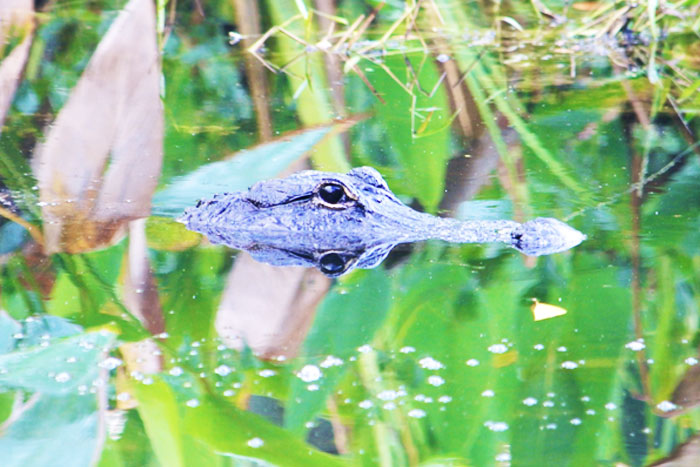
Holly Lake is on the edge of the Everglades and offers many opportunities for adventure. Below are some tips for exploring the Everglades.
It is important to know that the Everglades has two very distinct seasons: dry season and wet season
[restrict]
Dry season lasts from November to March and wet season lasts from April to November. Dry season is also the busy season because of the warm winters that attract the largest variety of wading birds and their predators. Wet season is buggy and many ranger programs are no longer offered. This is why it is important to check ahead of time the current schedule for ranger programs.
The Everglades spans across 1.5 million acres that stretches over the southern part of Florida, but it easy to access the park’s three main areas. The northern section of the park is accessible via Miami or Everglades City, the southern section is accessible through Homestead.
Visiting the Everglades allows you to explore a vast diversity of flora and fauna in different eco-systems: freshwater sloughs, marl prairies, tropical hammocks, pinelands, cypress, mangrove, coastal lowlands, marine, and estuarine. There is a lot of area to discover at the Everglades, so it is vital to be prepared.
Please keep in mind personal physical fitness levels of all in your party and consider any limitations when planning your outdoor activities including hiking, biking, or paddling in the Everglades.
If you or anyone from your group is not from Florida and unfamiliar with the sub-tropical environment and terrain, they should be aware that it can be very hot and humid, especially in the summer.
Please familiarize yourself with the trails before hiking, biking, or paddling.
You should know how long the trail is and the approximate time it takes to do a certain trail. In addition, you should let someone know your plans so that if you are gone too long and become lost the park can better assist any needs. Ask a park ranger or park volunteer, if unsure where to find this information.
Bring water (especially in the summer), insect repellent (summer and if you will be in or around heavy vegetation), sunscreen, and proper clothing for the activity you will be doing.
Do not feed any wildlife that you encounter, including birds.
Feeding wildlife of any kind will eventually make the animal aggressive and is illegal. Alligators and crocodiles that are fed by humans begin to associate humans with food and can become aggressive.
Crocodilians are one of the reasons people visit the park, however, these are wild animals that can be dangerous to humans. Keep a safe and respectable distance of at least 15 feet.
If an animal is hissing, you are too close, even if it is more than 15 feet. Alligators and crocodiles are more active at night and do most of their hunting from dusk to dawn. Although they may look like a statue at times, they are alive and alert and can react lightning fast. Touching an alligator is never a good idea. Feeding or harassing an animal, including throwing objects at it, is a criminal offense that carries a fine. Any action that alters the natural behaviors of an animal is harassment.
[/restrict]
[widget id=”search-3″]
Recent Blog Posts
[bdp_post show_date=”false” show_author=”false” show_tags=”false” show_comments=”false” show_category=”false” show_content=”false” media_size=”medium” limit=”5″]
[widget id=”archives-3″]

Leave a Reply